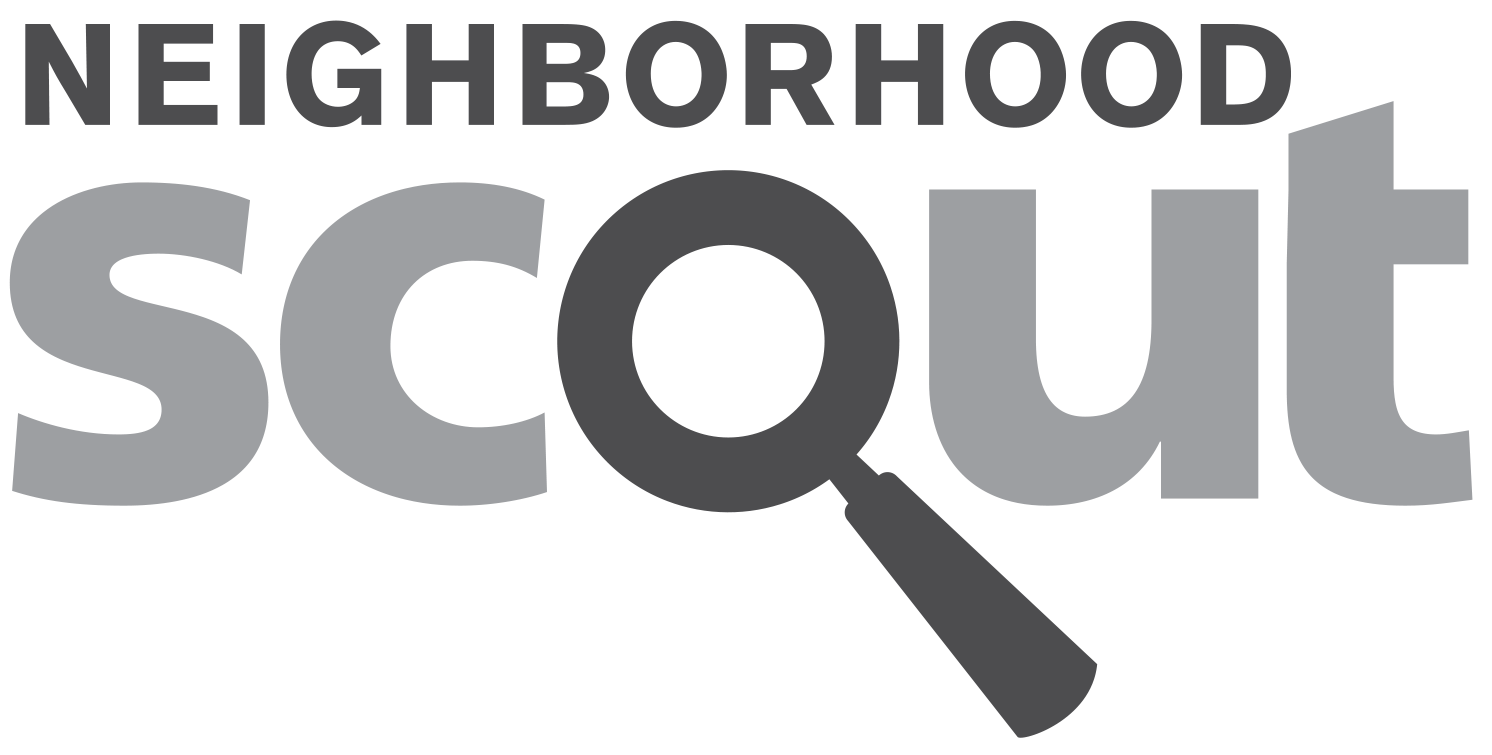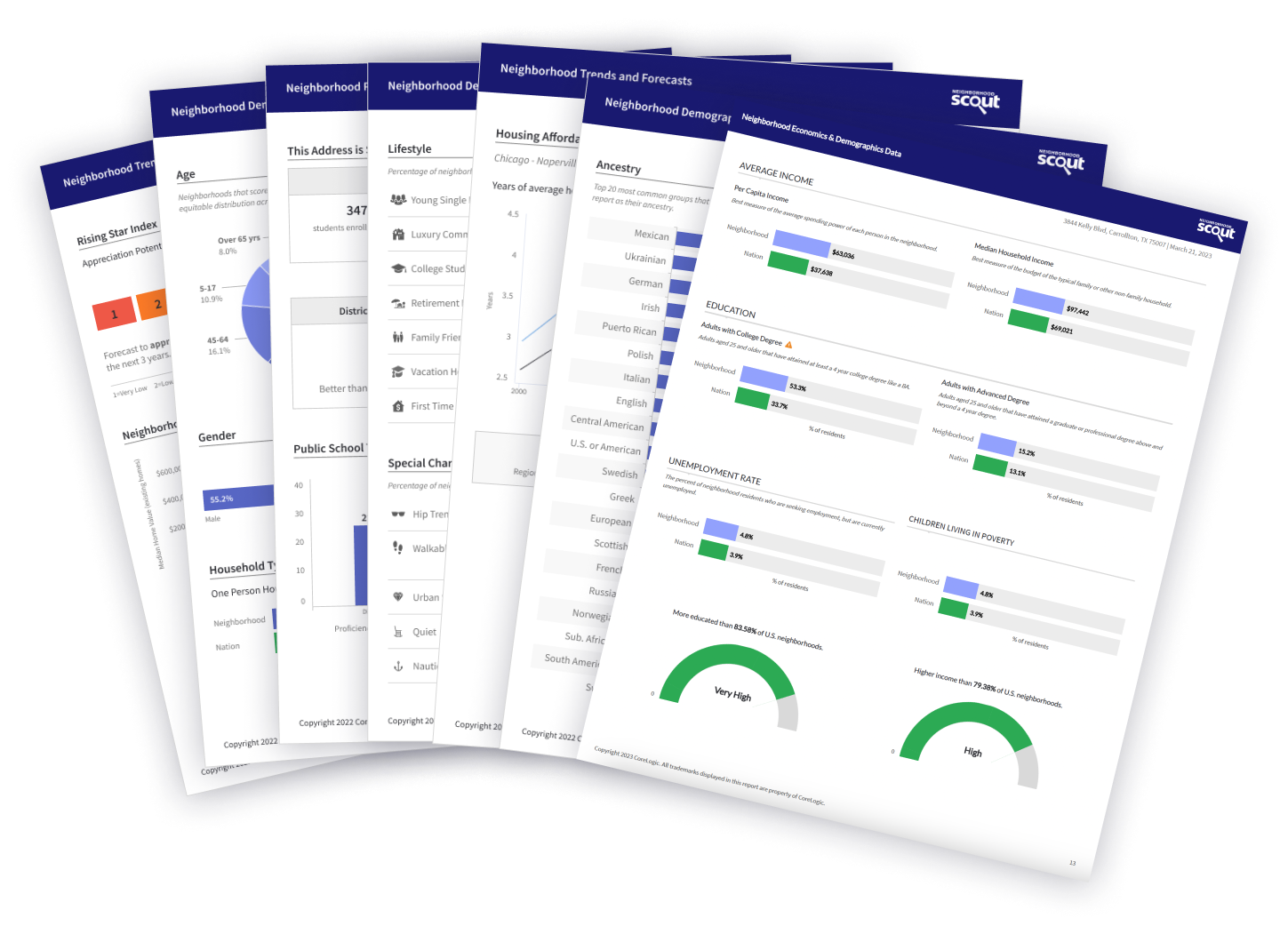Rosedale median real estate price is $784,190, which is more expensive than 57.7% of the neighborhoods in New York and 83.2% of the neighborhoods in the U.S.
The average rental price in Rosedale is currently $4,223, based on NeighborhoodScout's exclusive analysis. The average rental cost in this neighborhood is higher than 77.2% of the neighborhoods in New York.
Rosedale is a densely urban neighborhood (based on population density) located in Queens, New York.
Rosedale real estate is primarily made up of medium sized (three or four bedroom) to large (four, five or more bedroom) single-family homes and small apartment buildings. Most of the residential real estate is occupied by a mixture of owners and renters. Many of the residences in the Rosedale neighborhood are older, well-established, built between 1940 and 1969. A number of residences were also built before 1940.
Real estate vacancies in Rosedale are 5.6%, which is lower than one will find in 62.5% of American neighborhoods. Demand for real estate in Rosedale is above average for the U.S., and may signal some demand for either price increases or new construction of residential product for this neighborhood.
When you see a neighborhood for the first time, the most important thing is often the way it looks, like its homes and its setting. Some places look the same, but they only reveal their true character after living in them for a while because they contain a unique mix of occupational or cultural groups. This neighborhood is very unique in some important ways, according to NeighborhoodScout's exclusive exploration and analysis.
Of note is NeighborhoodScout's research finding that the Rosedale neighborhood has some of the lowest rates of children living in poverty of any neighborhood in the United States. In a nation where approximately 1 in 4 children are living in poverty, the Rosedale community truly stands out from the rest in this regard.
In addition, with a nice mix of college students, safety from crime, and decent walkability, the Rosedale neighborhood rates highly as a college student friendly place to live, and one that college students and their parents may want to consider. NeighborhoodScout's analysis shows that it rates more highly for a good place for college students to live than 88.2% of the neighborhoods in NY. This often also means that the area has certain amenities and services geared towards college students, from undergraduates to graduate students.
Whether walking, biking, riding, or driving, the length of one's commute is an important factor for one's quality of life. The Rosedale neighborhood stands out for its commute length, according to NeighborhoodScout's analysis. Long commutes can be brutal. They take time, money, and energy, leaving less of you for yourself and your family. The residents of the Rosedale neighborhood unfortunately have the distinction of having, on average, a longer commute than most any neighborhood in America. 13.5% of commuters here travel more than one hour just one-way to work. That is more than two hours per day. This percentage with two-hour + round-trip commutes is higher than NeighborhoodScout found in 98.0% of all neighborhoods in America.
Corner bodegas, stores on the first floor and apartments above, former grand Victorian residences converted into apartments, three-deckers built shoulder-to-shoulder, duplexes. Such building types define the real estate of neighborhoods dominated by small 2, 3, and 4 unit apartment buildings. Many are in older core neighborhoods of Eastern and Midwestern cities, or historic town centers in their hinterlands. If you wax romantic about the look and feel of such neighborhoods, with fresh pizza, falafel and an independent florist at the corner, then you might find the Rosedale neighborhood worth a close look. This neighborhood is an absolutely outstanding example of the dominance of small 2, 3, and 4 unit apartment buildings compared to neighborhoods across the nation, as they make up a substantial portion of this neighborhood's real estate stock. In fact, no less than 43.6% of the real estate here is made up of such dwellings, which is higher than 97.6% of all U.S. neighborhoods.
In addition, if you like crowded places, then you will probably enjoy the the Rosedale neighborhood. According to NeighborhoodScout's exclusive data analysis, this neighborhood is more densely populated than 96.3% of neighborhoods in the U.S., with 25,963 people per square mile living here. Even if you drive or take transit to your place of employment, many people enjoy being able to walk in their neighborhood. What many people don't realize is that most of America's premier vacation locations are also very walkable. The Rosedale neighborhood is among the top 5% of American neighborhoods in terms of walkability.
If you like to ride the train to work, this neighborhood may be for you. NeighborhoodScout's research revealed that 18.0% of the Rosedale neighborhood's commuters ride the train to and from work each day, which is more than we found in 97.0% of America's neighborhoods.
Also, our research revealed that more commuters here take the bus to work (13.2% ride the bus) than 96.6% of all American neighborhoods. If you like the idea of leaving your car and home and hopping the bus to work, this might be a good neighborhood for you to consider.
Did you know that the Rosedale neighborhood has more Haitian and Jamaican ancestry people living in it than nearly any neighborhood in America? It's true! In fact, 23.8% of this neighborhood's residents have Haitian ancestry and 12.7% have Jamaican ancestry.
Rosedale is also pretty special linguistically. Significantly, 27.8% of its residents five years old and above primarily speak French at home. While this may seem like a small percentage, it is higher than 99.9% of the neighborhoods in America.
Do you like to be surrounded by people from all over the country or world, with different perspectives and life experiences? Or do you instead prefer to be in a neighborhood where most residents have lived there for a long time, creating a sense of cohesiveness? NeighborhoodScout's analysis reveals that this neighborhood stands out among American neighborhoods for the uniqueness of the mobility of its residents. What is interesting to note, is that the Rosedale neighborhood has a greater percentage of residents born in another country (49.8%) than are found in 97.6% of all U.S. neighborhoods.
There are two complementary measures for understanding the income of a neighborhood's residents: the average and the extremes. While a neighborhood may be relatively wealthy overall, it is equally important to understand the rate of people - particularly children - who are living at or below the federal poverty line, which is extremely low income. Some neighborhoods with a lower average income may actually have a lower childhood poverty rate than another with a higher average income, and this helps us understand the conditions and character of a neighborhood.
The neighbors in the Rosedale neighborhood in Queens are upper-middle income, making it an above average income neighborhood. NeighborhoodScout's exclusive analysis reveals that this neighborhood has a higher income than 78.7% of the neighborhoods in America. In addition, 0.0% of the children seventeen and under living in this neighborhood are living below the federal poverty line, which is a lower rate of childhood poverty than is found in 100.0% of America's neighborhoods.
A neighborhood is far different if it is dominated by enlisted military personnel rather than people who earn their living by farming. It is also different if most of the neighbors are clerical support or managers. What is wonderful is the sheer diversity of neighborhoods, allowing you to find the type that fits your lifestyle and aspirations.
In the Rosedale neighborhood, 32.7% of the working population is employed in executive, management, and professional occupations. The second most important occupational group in this neighborhood is manufacturing and laborer occupations, with 29.5% of the residents employed. Other residents here are employed in clerical, assistant, and tech support occupations (23.6%), and 14.3% in sales and service jobs, from major sales accounts, to working in fast food restaurants.
Languages
The languages spoken by people in this neighborhood are diverse. These are tabulated as the languages people preferentially speak when they are at home with their families. The most common language spoken in the Rosedale neighborhood is English, spoken by 55.1% of households. Other important languages spoken here include French, Spanish, African languages and German/Yiddish.
Ethnicity / Ancestry
Culture is shared learned behavior. We learn it from our parents, their parents, our houses of worship, and much of our culture – our learned behavior – comes from our ancestors. That is why ancestry and ethnicity can be so interesting and important to understand: places with concentrations of people of one or more ancestries often express those shared learned behaviors and this gives each neighborhood its own culture. Even different neighborhoods in the same city can have drastically different cultures.
In the Rosedale neighborhood in Queens, NY, residents most commonly identify their ethnicity or ancestry as Haitian (23.8%). There are also a number of people of Jamaican ancestry (12.7%), and residents who report Sub-Saharan African roots (5.9%), and some of the residents are also of Mexican ancestry (1.9%), along with some Cuban ancestry residents (1.1%), among others. In addition, 49.8% of the residents of this neighborhood were born in another country.
How you get to work – car, bus, train or other means – and how much of your day it takes to do so is a large quality of life and financial issue. Especially with gasoline prices rising and expected to continue doing so, the length and means of one's commute can be a financial burden. Some neighborhoods are physically located so that many residents have to drive in their own car, others are set up so many walk to work, or can take a train, bus, or bike. The greatest number of commuters in Rosedale neighborhood spend between 45 minutes and one hour commuting one-way to work (35.9% of working residents), longer and tougher than most commutes in America.
Here most residents (57.2%) drive alone in a private automobile to get to work. In addition, quite a number also take the train to get to work (18.0%) and 13.2% of residents also ride the bus for their daily commute. In a neighborhood like this, as in most of the nation, many residents find owning a car useful for getting to work.

